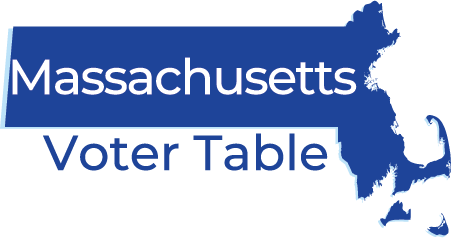Phone Banking
Making calls is the most time effective way of reminding people to vote or mobilizing people to an event. It’s also a good tactic to train beginners. When the weather is too inclement to knock doors, you can make calls instead.
Make a Connection with the voter
- Introduce yourself and the organization: Do you also live in the neighborhood? Why are you at their door?
- Educate on the issues: What issue(s) does your organization work on? Why do you vote? What’s on the ballot?
- Use social pressure: Your message should remind voters of the norm of voting and that they will be held accountable to that norm of voting. You can show the voter's past vote history and say that you will update their voter history after the election.
- Report likelihood to vote: Mark on a scale of 1-5
- Share polling place information: This information typically appears at the top of the walk sheet
- Make a plan: When is the individual going to vote? Will they vote early? On Election Day, before work, during lunch, before picking up the kids from school, after work? Are they taking public transportation, walking, or driving to the polling place?
- Pledge to vote: Ask them to fill out a pledge card, and end the pledge card back to them before the election.
- Follow up: return the pledge card, send a mailing, run a phone bank, text them. People who are less likely to vote often require multiple contacts, so follow up!
What is predictive dialer?
You can make phone banking more efficient by using a predictive dialer service, which automatically makes calls. Volunteers will spend the majority of their time talking to voters rather than dialing, waiting for the phone to ring, listening to voicemail messages, etc. Predictive dialer isn’t free, but you can build it into your organization or campaign budget.

